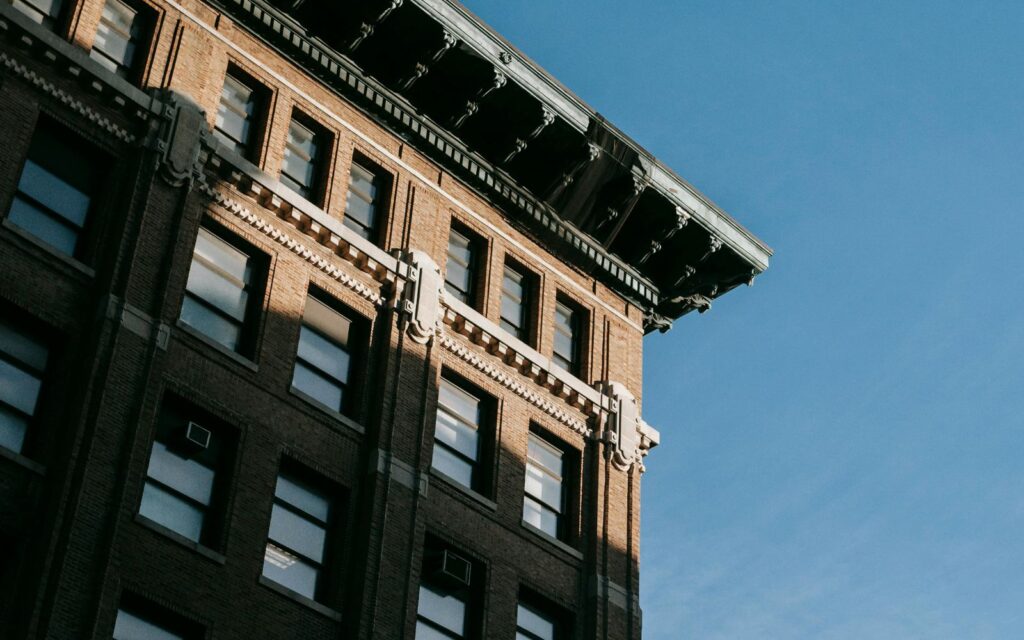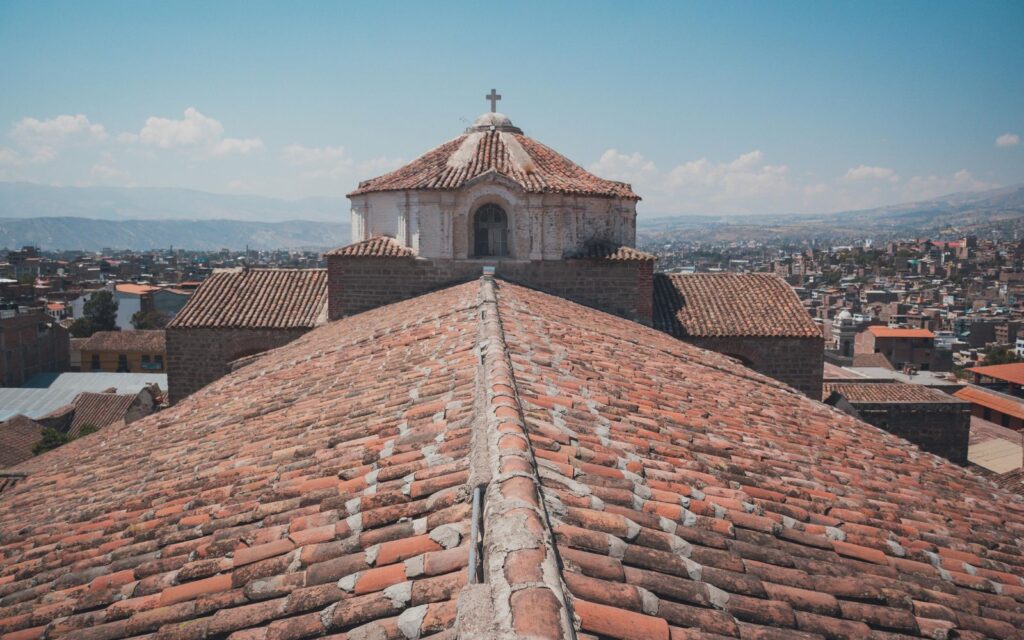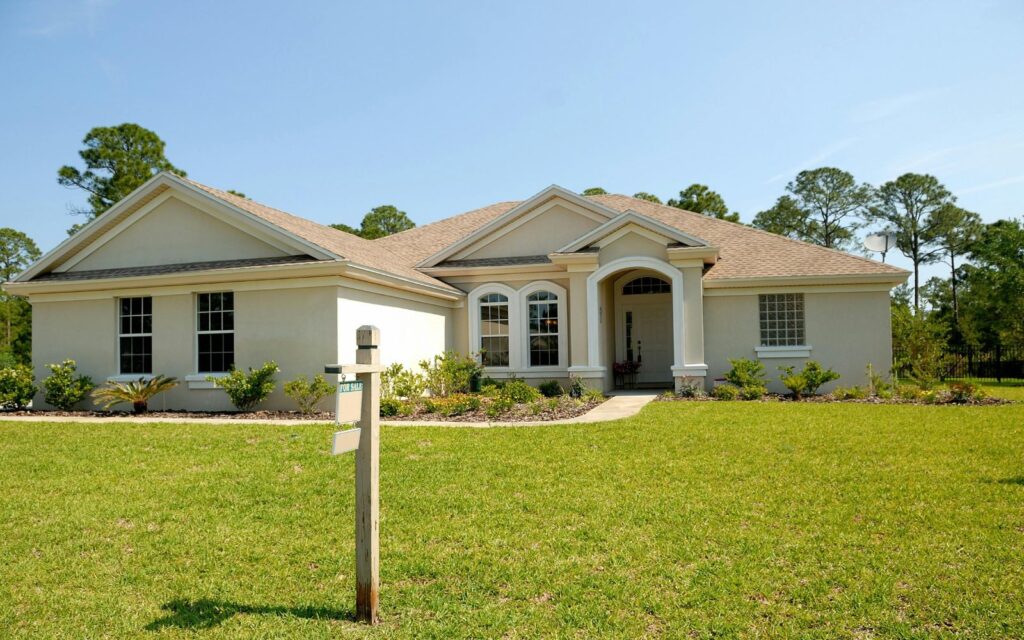The roof of a building is something that is a necessary or essential part of the house or building. Without it, the house will just be an open space to the air, unable to protect the people residing there. More often, the roof overhang is one such essential part of the house.
Roof overhangs are used for protection of the building from extreme weather conditions like storms, winds, or extreme sunlight. It comes in different types and shapes and can be utilized as per your preferences and the shape of your house. The article here provides all necessary information on roof overhangs, what to choose based on your tastes, and the benefits of a roof overhang, with different types to choose from.
What is a roof overhang?
A roof hanging is something that extends on the top exterior wall of the building, and it is an important part of the roof structure. It has several parts, like the soffit, framing, and roof decking, that protrude or extend upwards or outwards to provide additional support to the structure.
Roof overhangs provide safety and protection from various external effects like shading from the sun, directing rainwater away from the building wall, or even acting as a basic attractive element to the building.
Read More: What Is Difference Between Deck And Porch?
What is the underside of a roof overhang?
The underside of the roof overhang is called the soffit, and it is the horizontal surface that acts as a connector of the roofline to the external walls of a building. It can be found under the eaves of the overhang and provides a neat and clean look to the underside of the roof overhang.
The soffit is also used for multiple purposes, like providing ventilation to the attic, protecting and shielding the structure from extreme weather conditions, and providing an overall visual appeal to the building. Soffit is often fixed to provide ventilation to the attic, and this can be a huge advantage as heat accumulates in the living space, be it outside or inside.
Benefits of Roof Overhangs
There are quite a lot of benefits to roof overhangs, as follows:
Shade windows and exterior walls: A roof overhang can act as a shield to the windows and walls of the home and help reduce the direct impact of sunlight in the home. The effect of sunlight on the walls can be reduced, and the interior can be kept cooler because the shade is well done.
Rainwater away from home: The roof overhang restricts or totally prevents the rainwater from falling directly into the home or on the exterior walls of the home, thereby curtailing the damage that can be caused to the walls due to rainwater.
A sitting area under the overhang: based on the size of the overhang, there can be a sitting area under it or outside the home, where you can lounge or invite guests.
Shelter from debris, winds, and storms: a roof overhang is a strong bearing on the roof of the wall that helps prevent any externalities from affecting the building exterior, and it acts as a shelter from leaves or debris falling on the roof, creating a comfortable space inside the home.
Reduce heat buildup on the roof: a roof overhang, depending on the type, can reduce the buildup of heat on the roof, thereby providing a cool interior.
Drainage and snow removal: Drainage can be removed swiftly, and it also gets easier to remove snow than the snow piling up and drainage being stuck up on the roof.
Aesthetic appeal of the home: The visual appeal of the home gets more attractive due to the overhangs, attracting guests and viewers, and it also adds a unique specialty or quality to your residence.
How do I install a roof overhang?
Roof overhangs are not a piece of cake that can be built over within a few hours. It’s a complex process and a project that becomes more risky if you take it upon yourself to build it. You can hire a professional roofer to complete the job for you, reducing the stress and hassle of doing the roof by yourself.
With the necessary skills, procedures, and safety measures followed by the professionals, the roof overhangs can be done effectively in a short span of time and without wasting extra energy and money for installation.
The following steps are to be followed in choosing the right and appropriate overhang for your home:
- Deciding the type of overhang you need
- Building materials required for the overhang
- Design ideas to be implemented to meet your preferences.
- Safety measures for the overhang
- Proper installation and checking of the overhang
- Overhang to be checked to see if it can withstand debris or storms
- Maintenance of overhangs and frequent repairs done
The Best 8 Types of Roof Overhangs
Pergola Roof Overhang
Pergolas are often seen in houses or spaces where there is a lounge or seat, and they are attached to four posts. Pergola posts provide strong support for the structure of the building or house.

Hexagonal Roof Overhang
A hexagonal overhang is an overhang that is found in a gazebo or octagonal room. This type of overhang extends from a six-sided structure and offers shade and protection to the individual while they are working on any outdoor activities like gardening.

Flat Roof Overhang
A flat or box overhang is a type of overhang that is simple in its structure and work and extends from one side to another, horizontally. Minimalistic styles often blast this type of overhang.

Hip Roof Overhang
Slope-type overhangs are often associated with hip roof overhangs. It slopes downward from all sides of the structure, extending out from the roofline. Often acting as a protective shield or shade from rain or sunlight, this overhang also provides a cooler environment for the interior.

Bonnet Roof Overhang
A bonnet, otherwise called a kicked eave, is a type of overhang that slopes outward and downward from the roofline. Victorian-style homes or traditional homes blast this type of roofhang, protecting the home from direct sunlight.

Awning Roof Overhang
Attached to the exterior wall in small size is the awning roof overhang. Light materials like canvas or aluminum are used for this, and they are used as a means to protect from sunlight.
Pergola Roof Overhang
Pergolas are often seen in houses or spaces where there is a lounge or seat, and they are attached to four posts. Pergola posts provide strong support for the structure of the building or house.

Curved Roof Overhang
Similar to the slope overhang, a curved roof overhang is an overhang that has a curve or arched shape on the roof. Most often seen in old Asian architectural styles, this overhang provides a dramatic yet aesthetic appeal to the building.

What are common roof overhangs?
- The most common roof overhangs are
- Shed overhang
- Hip roof overhang
- Flat roof overhang
- Gable overhang
- Awning overhang
- Bonnet roof overhang
- Canopy overhang
- Sunroom overhang
- Pergola roof overhang
- Gambrel overhang
- Hexagonal overhang
- Mansard overhang
- Cupola overhang
- Oriel overhang
Read More: How To Get Floor Plans Of My House- 10 Easy Methods

